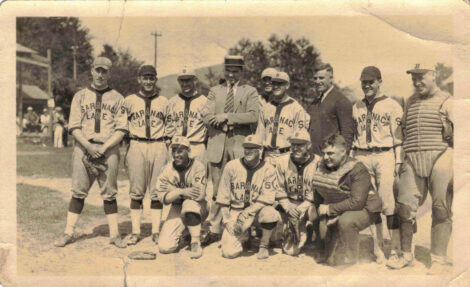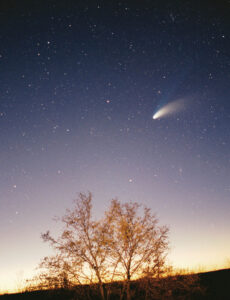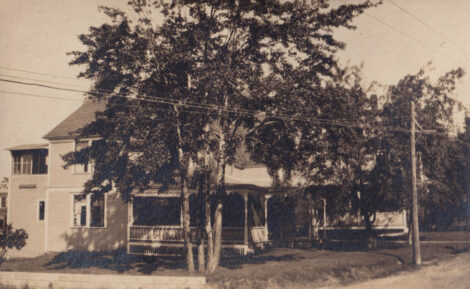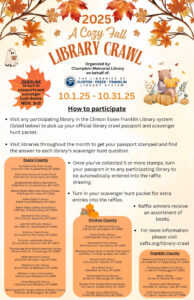How do butterflies taste?
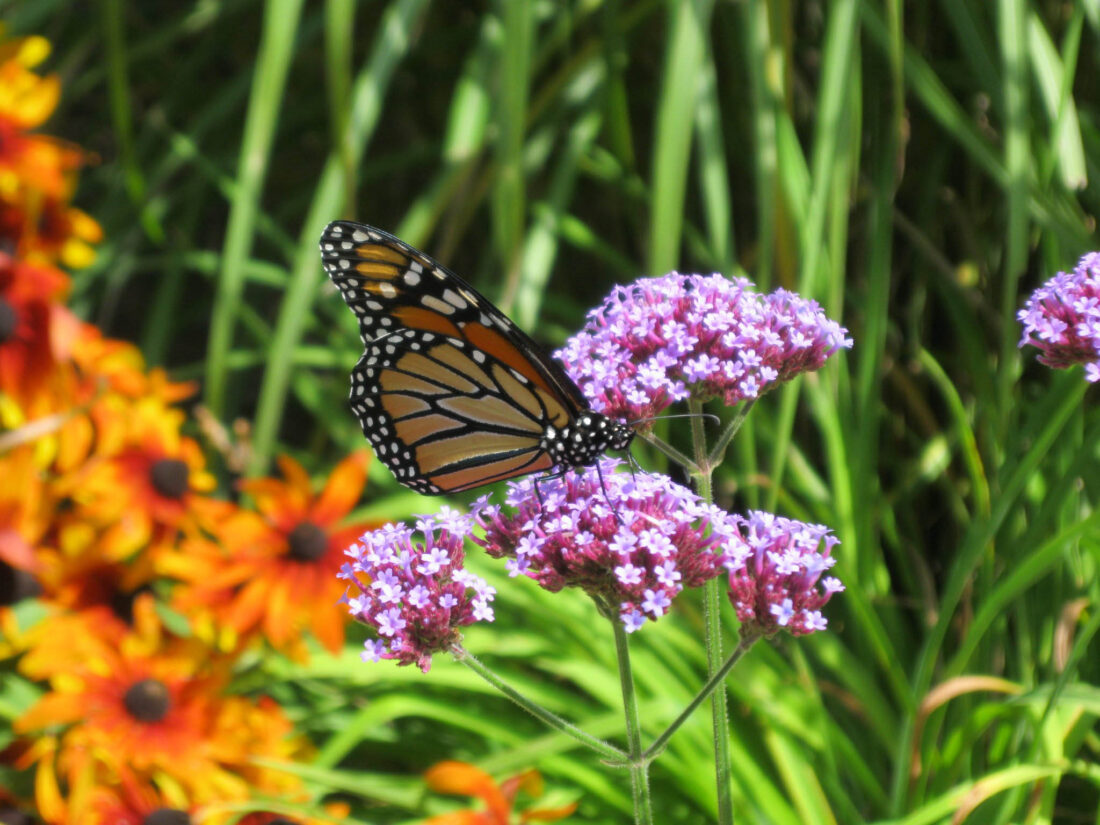
A butterfly tasting a flower. (Provided photo — Diane Chase)
I asked my daughter if she knew how butterflies taste. She gave me a surprised look and responded with, “I’ve never had one.” I am so confused. No. It doesn’t help to keep repeating the exact words, but with a different tone and inflection. I tried. Embarrassingly enough, it took me a few seconds to understand my miscommunication.
Neither one of us was interested in eating a butterfly. I didn’t suggest that we put a few monarchs on the BBQ. I was curious if she knew how they taste for food, not how they taste as food.
I’ve raised a few monarchs through the years and always thought they had tongues, which uncurled to suck nectar from flowers, minerals from puddles and juice from fruits. Butterflies don’t have tongues. The thin tube, similar to a straw, is actually called the proboscis, which does have some taste buds, but is not the primary way butterflies sample their food. According to the Cambridge Butterfly Conservatory, butterflies taste with their feet.
Since butterflies don’t actually have tongues, of course, they don’t really have feet. Butterflies have multi-segmented legs with a femur, tibia and tarsus. The femur and tibia are similarly named to our human thigh and shin bones, but it’s the butterflies’ tarsi or feet, where the tastings begin. Their leg segments allow them to climb or cling to various plants. The tarsi have special chemoreceptors that enable butterflies to sample plants to check for suitable host plants to lay their eggs and provide the right food source for their future caterpillars. Those special “feet” sensors can also detect sugar or salt in plants or water, providing the necessary nectar or minerals for their own food source. Unfortunately, the butterflies’ tarsi chemoreceptors have not evolved enough to taste and detect pesticides.
There are plenty of butterfly experts in the area. A few places to visit to gather more odd butterfly facts are Tupper Lake’s The Wild Center, ADKAction’s Pollinator Project, and The Breck Chapin Memorial Native Species Butterfly House at The Paul Smith’s VIC. The Paul Smith’s VIC is also hosting its annual Butterfly Festival Saturday, Aug. 30, from 11 a.m. to 2 p.m., with kids’ crafts, monarch tagging, pollinator gardens and access to the Breck Chapin Memorial Native Species Butterfly House. The Butterfly House is open daily from 10 a.m. to 4 p.m. throughout the summer, weather permitting. The Paul Smith’s VIC is located at 8023 state Route 30, Paul Smiths.
I’ve always thought having a butterfly land on me was cute. Now I know they are sampling me for a future meal or a safe place to lay eggs. I finally stopped laughing enough to tell my daughter that butterflies taste with their feet. She’s still thinking I want her to eat one. She responds, “They probably taste bitter and tough.” (Please don’t eat butterflies, just look at them or let them taste you. We need all the pollinators we can get.)

